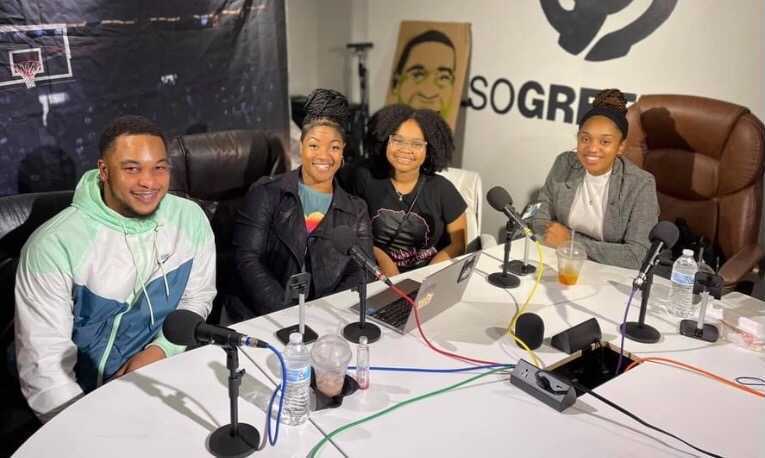MILWAUKEE — February is Black History Month, an especially poignant time to showcase African American trailblazers in our community, both past and present. And to feature important stories, and challenges, as the work for racial equity in Milwaukee and beyond, continues.
We sat down with two women working behind the scenes to break cycles of trauma and help black youth in our city heal.
“Our community is our heart,” said Vaynesia Kendrick. “It’s a piece of us. This is more than a job for us.”

“Our objective is to turn around the fact that Milwaukee is consistently rated one of the worst places to raise black children,” said Simmone Kilgore.
Kendrick and Kilgore work in Milwaukee’s Office of Violence Prevention, which takes a public health approach to address violence in the city. Violence that all too often impacts children of color at a higher rate.
Through their work and research, Kendrick and Kilgore find that kids and teens who feel hurt and neglect are the ones who act out and hurt others.
Consequences of systemic racism mean black children are more likely to experience discrimination and adverse childhood events, like poverty, the death or incarceration of a parent, community violence and neglect.
“We are trying to get a better understanding of youth and youth involvement in crime and violence, and repetitive traumatic experiences,” Kilgore said. “We are producing folks that don’t know how to heal. They’ve never learned what it’s like to be seen in a positive light, but they want to be seen, so they act out.”


“We have to understand that our children are hurting,” Kendrick said. “They may not physically shed the tear, but they’re shedding a tear inside.”
Kendrick’s focus within the Office of Violence Prevention is on adolescent suicide. It’s a growing problem that she says is not talked about enough in the black community.
A 2019 study by the Journal of Community Health found that from 2001 to 2017, the rate of death by suicide for black boys ages 13 to 19 rose 60 percent. The rate for black girls skyrocketed an astounding 182 percent.
That’s before they added stress and isolation brought on by the Covid-19 pandemic.
“It’s that stigma in the black and brown community: that suicide doesn’t happen here,” Kendrick said. “If we don’t focus on it, it will go away. Don’t talk about it. Sweep it under the rug.”
Kendrick offers a free course, open to anyone and everyone, on how to identify the nuances of suicidal behavior, bridge a discussion, and find help.
“The question always is, how can I be of a resource?” Kendrick said. “What resources do I have at my disposal to provide to you - and not just you - but everyone in your circle. Siblings, mom and dad, the community the child comes from are all impacted.”
Meanwhile, Kilgore is working with Milwaukee public schools, churches, and non-profits to connect more black youth with black counselors and therapists. Her goal is to promote more wellness training in things like dance and art therapy, meditation, yoga and healthy eating.
“The reason why I do this work, is because I believe in hope,” Kilgore said. “I believe that there’s an opportunity, as long as you’re breathing, to recover from anything in life and grow and change.”
Two Milwaukee women dedicating their life to helping stop the cycle of generational trauma and pervasive pain.





